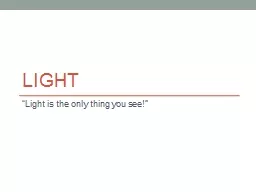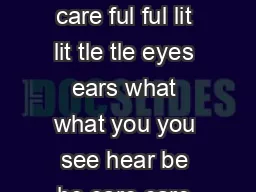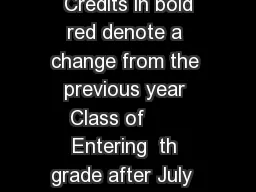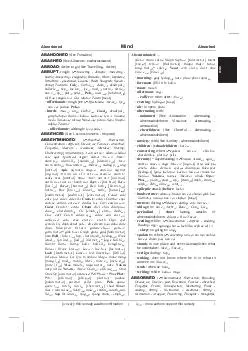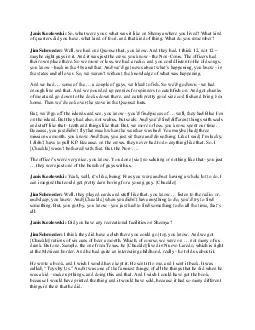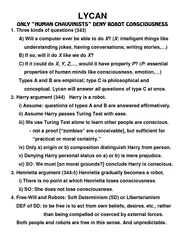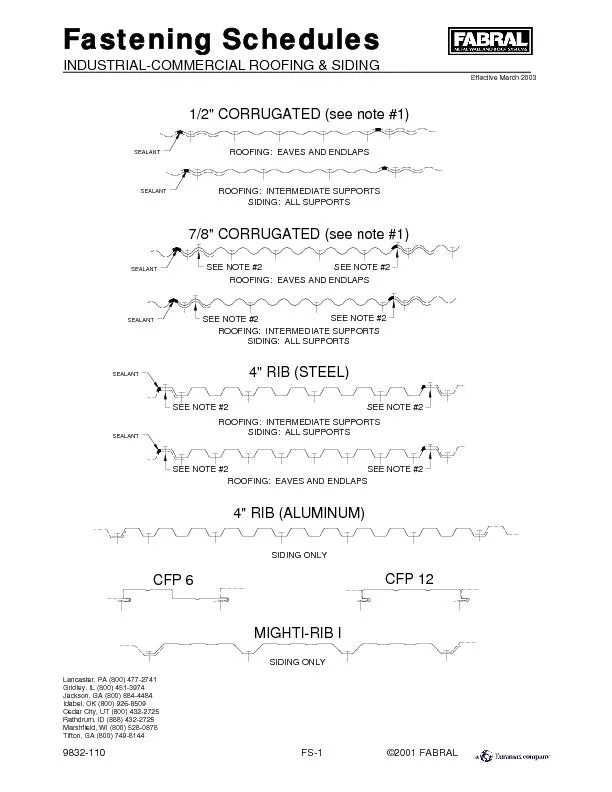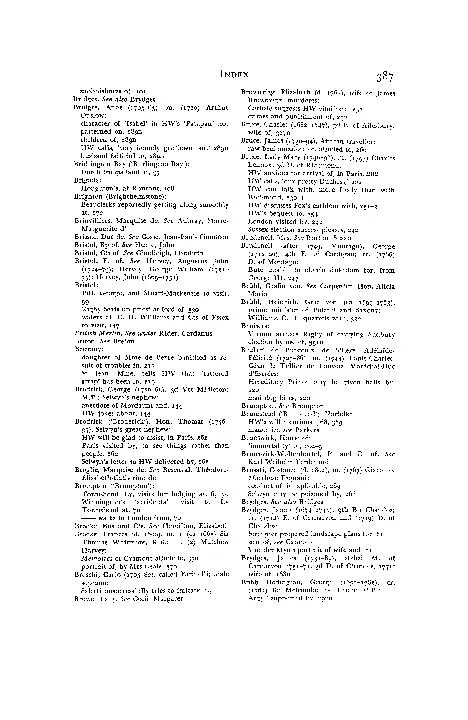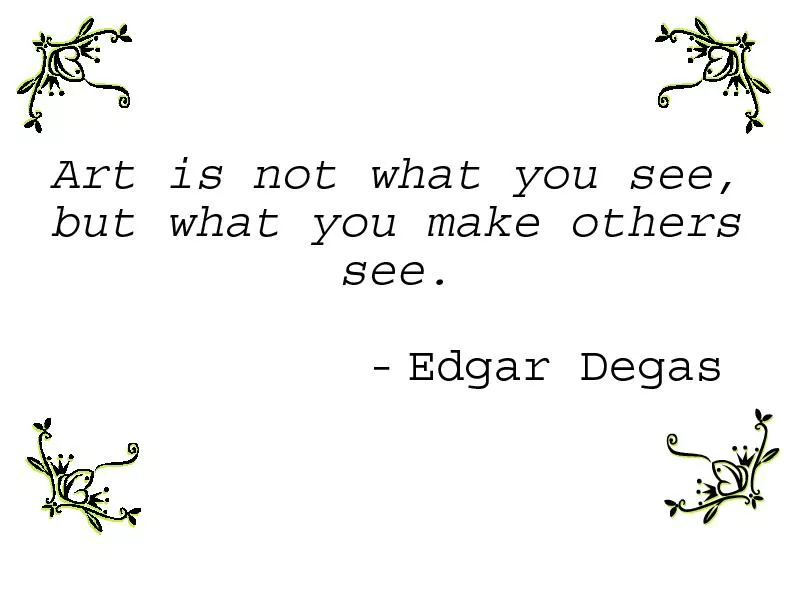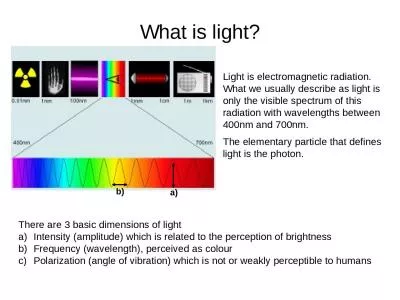PPT-Light “Light is the only thing you see!”
Author : marina-yarberry | Published Date : 2019-02-22
Light What is light It is the electromagnetic radiation that can be perceived by the human eye It is made up of electromagnetic waves with wavelengths
Presentation Embed Code
Download Presentation
Download Presentation The PPT/PDF document "Light “Light is the only thing you see..." is the property of its rightful owner. Permission is granted to download and print the materials on this website for personal, non-commercial use only, and to display it on your personal computer provided you do not modify the materials and that you retain all copyright notices contained in the materials. By downloading content from our website, you accept the terms of this agreement.
Light “Light is the only thing you see!”: Transcript
Download Rules Of Document
"Light “Light is the only thing you see!”"The content belongs to its owner. You may download and print it for personal use, without modification, and keep all copyright notices. By downloading, you agree to these terms.
Related Documents

